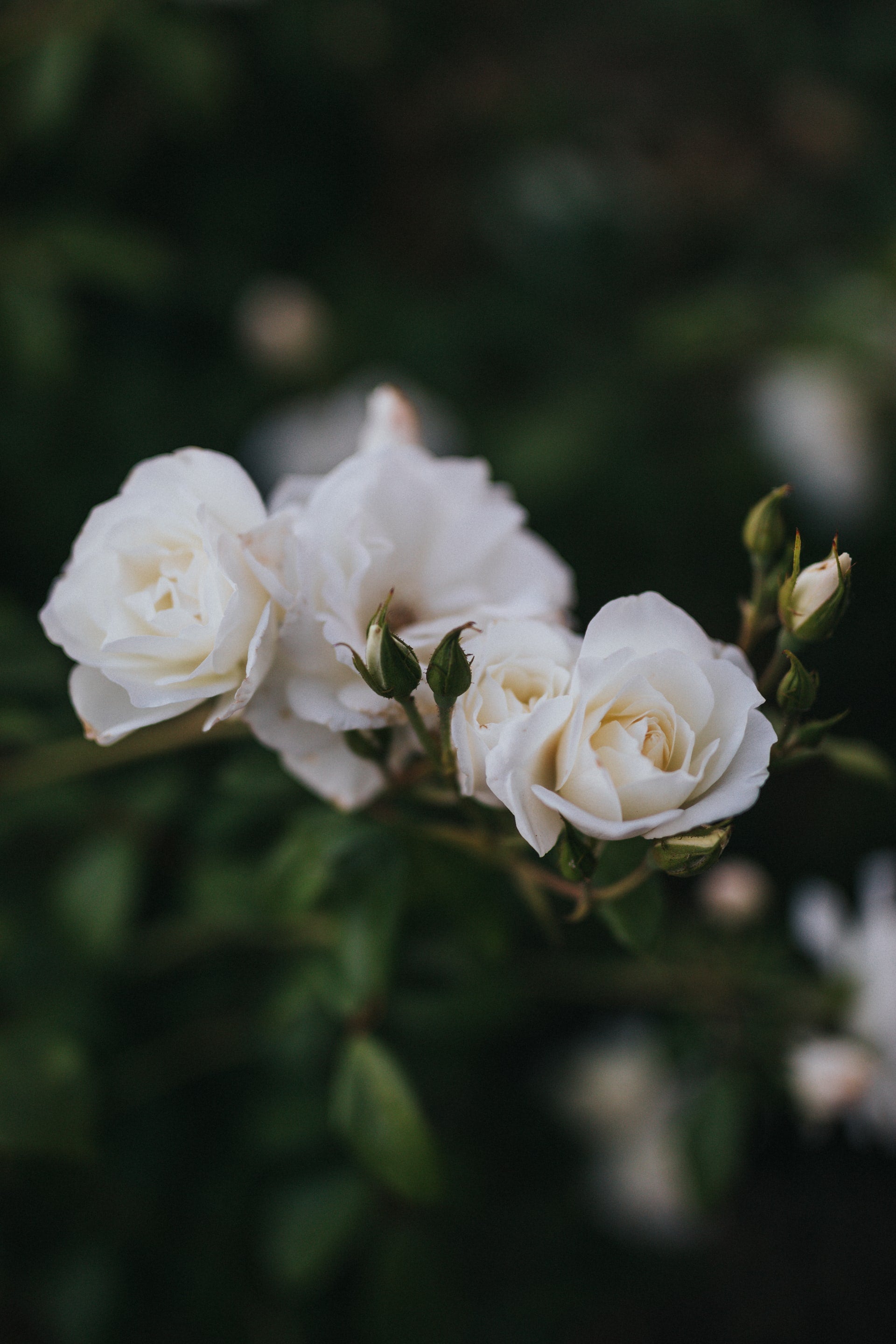The psychology of May-December Romances.

Is a sizable age-gap a recipe for disaster?
Is age just a number? is a common question in our cultural canon. In some cases, age comes with structural or legal limitations—controlling when you can and cannot vote, drive, rent a vehicle, buy cigarettes and alcohol. And while age restrictions make sense in some circles, in the world of dating, the lines become foggier and the rulebook is essentially thrown out the window. Love is love, right?
On the one hand, yes. However, statistics show that most of the country operates under a strict generational lane and May-December love affairs are less common than culturally discussed. A 2017 study showed that in North America, on average the age gap between couples is 2.3 years and the census study from 1999 showed 92% of couples have age gaps of 10 years or less. Why is it that we tend to choose partners closer in age range to us? And can the May-December romances, formally called age-gap relationships to experts, last?
Origin of the word
Dating back to the middle-ages, months in the spring were depicted as young women and the latter months as aging men. Its first literary appearance was in the 14th Century when Chaucer wrote of a young woman named May who married Mr. January, a greying gentleman—further personifying the idea of age in tandem with the seasons (before the Gregorian calendar was accepted and January was changed to December). It appeared again in the early 1800s in a song called An Old Man Would be Wooing that warns of the improbabilities of success ‘for May and December can never agree’.
Perceptions & Traditions
Psychologists have found that there is a lack of trust from outside forces to relationships with large age-gaps. This may derive from a perceived inequity in the relationship and questions of what one person gets out of the relationship over the other. And while frankly, it's none of our business, the proverbial eye-brow continues to be raised.
Doing the ‘math’
We’ve gone so far as to have developed ‘formulas’ (if you can even call them that) for what we think to be acceptable—the most common is the old half your age plus seven. Credited to a French author’s love manual from 1901 entitled Her Royal Highness Woman and His Majesty Cupid. Not that any french dating book or in-your-head childhood math should dictate your relationships or serve as any type of guidepost, the psychology of why decade-crossing relationships are fewer and far between has a lot to do with our conditioning of what is thought to be normal.
Dissatisfaction
Perceptions and history aside, the small percentage of relationships that fall under this category may be due to the fact that they don’t always work. The same 2017 study showed that after 6 to 10 years of marriage, the difference in age causes the experience gap to widen—culture, physical, and generational differences have a lot to do with it. This speaks to the statistic that the larger the age gap, the more likely your marriage is to end. One Dutch study even found that the mortality rate is higher for the couple when age gaps are wider because losing a partner shortens your own life-expectancy.
The typical American family has controlled much of our economic and cultural structures since the 1950s: From turning condoms into family-planning only devices to nuclear family-centric advertising acting as the backbone of most contemporary storytelling. In the last few decades, the concept of ‘modern family’ has been made mainstream—making way for relationships to look different as well. While age-gap relationships are still considered atypical by the general public (akin to feelings of interracial and same-sex couples), it certainly doesn’t negate the possibility for success. If George and Amal can make it work can’t everyone else?
